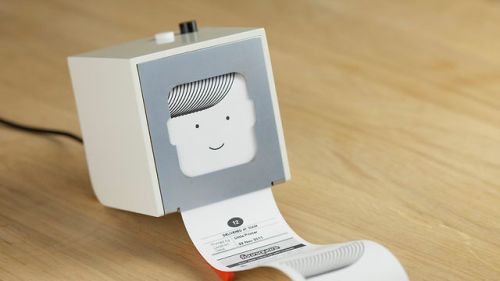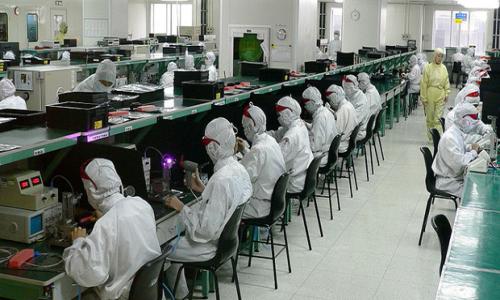
Tiny Fly-Size Robots takes it's first flight
Post By : Adil Fouzi
Post Rank : 1703th
Category : Technology
Sub Category : Gadgets
24 Jan 2014
Anyone wondered how these tiny flies with more tinier brain could fly with their wings?
Sir Robert Wood of Hardvard University has been doing this research for more than 12 years now!!! Now he has done it. Now, a robot of penny-sized can fly.
We would all think that, if the project was small (in size) it would be easier to make. But the truth is, when the project is small, then the work is so hard.
These robot flies are called 'RoboBee Flaps'. It flaps it wings approximately 120 times per second which is hard for our eye to track.
The weight of this fly is so small that is only 80 miligrams. The old components of the flight-capable things would'nt work. So, Robert Wood and his team had to make new ones.
"Large robots can run on electromagnetic motors, but at this small scale, you have to come up with an alternative, and there wasn't one," Kevin Ma, a co-lead author and graduate student at Harvard's School of Engineering and Applied Sciences said.
This Fly is capable of flying in multiple directions just like a helicopter.
Wood and his team tried this technique in 2011. And last summer after many times of failure, the ROBOBEE took it's first flight in a harvard robotics lab at 3 a.m
Comments
Similar Posts

Little Printer review: a design nerd fantasy
BERG spent the last year for building Little...
Magic Keyboard Vs Smart Keyboard - Which One is Better?
Is There a Better Keyboard for Your iPad than the ...
What is Li-Fi?
Li-Fi is a label for wireless-communication system...

Honda's Moving Chair
Honda introduces its new moving chair. It catches ...

Toyota to introduce Hydrogen powered electric cars in US
Hydrogen-powered electric cars expected to be sold...

New Smart Umbrellas to collect data on rainfall
Can you imagine that you can become a mobile weath...

Charge your mobile phones while you walk : A gadget invented by a teen
A 15-year-old boy has invented a charger that uses...

3D Printing Technology
The 3D printing technology made its way to the tec...

Apple prohibits the use of two chemicals to the seriousness of the health
Apple has banned the American Electronics use two ...

Quantum Computing: Challenges,Triumphs and Applications
Quantum computing is one of the field of research ...



